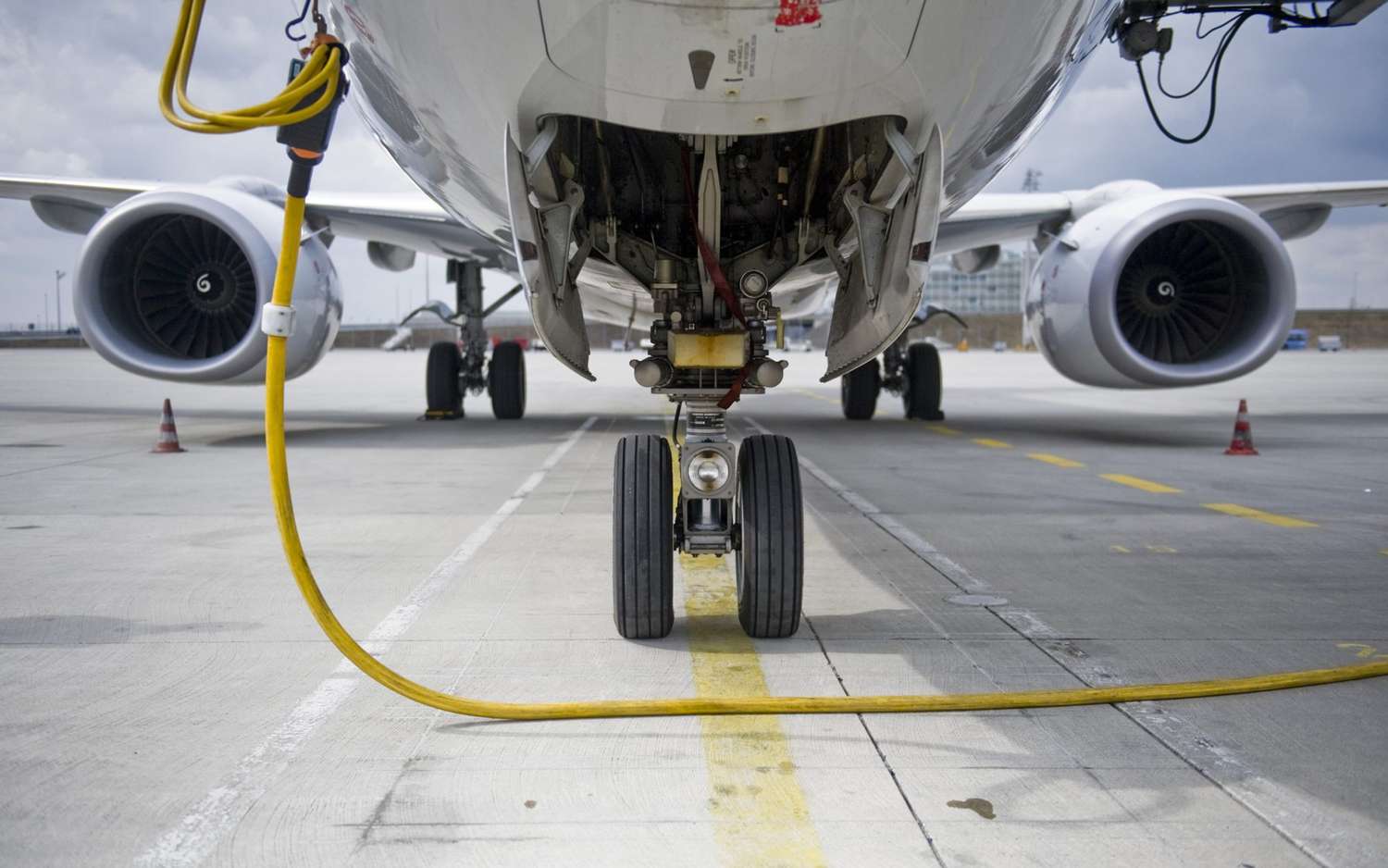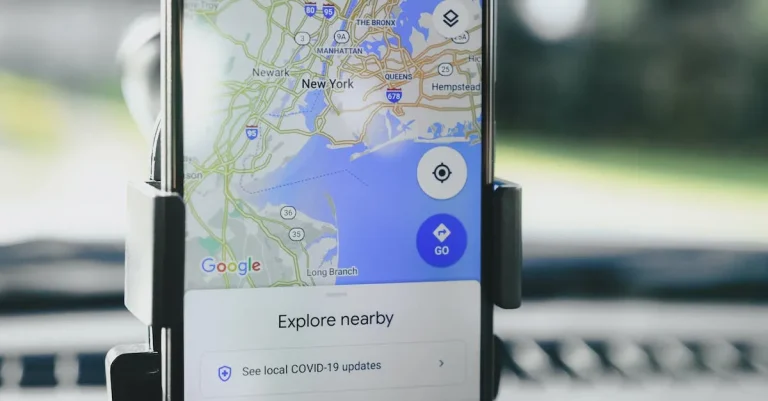Whether you’re an aviation enthusiast or simply looking to learn more about aircraft, you may wonder what the exact differences are between a jet and a plane.
Both terms refer to flying machines, but they aren’t interchangeable. Read on as we explore the nuances that set these aircraft apart.
If you’re short on time, here’s a quick answer to your question: The main difference between a jet and a plane is that jets utilize jet engines to propel themselves forward, while planes rely on propellers or rotors driven by piston or turbine engines.
Jets also fly much faster than traditional planes.
Defining Key Terms
What is a Jet?
A jet, short for jet aircraft, is a type of aircraft that operates using jet engines.
These engines work by taking in air, compressing it, and then mixing it with fuel to create a high-pressure exhaust that propels the aircraft forward.
Jets are known for their speed and ability to travel long distances without the need to refuel.
This makes them ideal for commercial flights, as they can cover large distances in a relatively short amount of time.
In addition, jets are commonly used in military operations due to their speed and agility.
What is a Plane?
The term “plane” is a broad one that encompasses various types of aircraft. In general, a plane refers to any fixed-wing aircraft that uses wings to generate lift and propel itself through the air. It includes both commercial airliners and smaller private planes.
Planes can be powered by different types of engines, including jet engines, turboprop engines, or piston engines.
Unlike jets, planes with piston engines are generally slower and have a shorter range.
However, they are still widely used for short-distance flights, training purposes, and recreational flying.
It’s important to note that while all jets are planes, not all planes are jets. Jets are a specific type of plane that relies on jet engines for propulsion, while planes can refer to a broader range of aircraft.
Propulsion Differences
Jet Engines
Jet engines are the primary propulsion system used in modern commercial and military aircraft.
These engines utilize the principle of jet propulsion, which involves the ejection of high-speed exhaust gases to generate forward thrust.
Jet engines are known for their ability to produce high levels of thrust, enabling aircraft to achieve incredible speeds.
They are commonly found in passenger jets, fighter planes, and even supersonic aircraft.
There are several types of jet engines, such as turbojet, turbofan, and turboprop engines. Each type has its own unique characteristics and applications.
For example, turbojet engines are used in supersonic aircraft, while turbofan engines are commonly found in commercial airliners due to their fuel efficiency and quieter operation.
Propeller Engines
Propeller engines, also known as piston engines or reciprocating engines, are an older form of aircraft propulsion.
They work by converting the rotational motion of a piston into linear motion, which then drives a propeller to generate thrust.
Propeller engines are commonly found in smaller aircraft, such as general aviation planes, regional turboprops, and vintage aircraft.
Unlike jet engines, propeller engines rely on the physical rotation of the propeller blades to generate forward thrust. The combustion process in a propeller engine is similar to that of a gasoline engine, where a mixture of fuel and air is ignited by a spark plug.
This combustion drives the piston, which in turn rotates the propeller.
Propeller engines are known for their efficiency at lower speeds and altitudes.
They are often used for short-distance flights, aerial photography, and recreational flying. While they may not offer the same level of speed as jet engines, propeller engines have their own charm and are favored by aviation enthusiasts.

Commercial vs Private Use
One of the key differences between jets and planes lies in their usage. Commercial jets are primarily used for transporting passengers and cargo on scheduled flights.
These are the big planes that we see at airports, carrying hundreds of passengers to various destinations around the world.
They are operated by airlines and are subject to strict regulations and safety standards. The most common examples of commercial jets are Boeing 737, Airbus A320, and the Boeing 747.
On the other hand, private planes, also known as general aviation aircraft, are used for personal or business purposes by individuals or companies.
These planes are smaller in size and can be owned or chartered by individuals or corporations.
Private planes offer flexibility and convenience, allowing passengers to fly directly to their desired destination without the need for layovers or going through the hassle of commercial airports.
Examples of private planes include Cessna 172, Beechcraft King Air, and Gulfstream G650.
Commercial Use
Commercial jets are the workhorses of the aviation industry. They are designed and built to carry large numbers of passengers efficiently and safely.
These planes operate on set schedules and routes, connecting cities and countries around the world.
Commercial airlines invest heavily in their fleets, ensuring that their planes are safe, reliable, and equipped with the latest technology to enhance passenger comfort and safety.
The demand for commercial air travel has been steadily increasing over the years, with millions of people relying on jets to travel for business or leisure.
Private Use
Private planes, on the other hand, cater to a different market.
They provide a level of exclusivity and convenience that commercial jets cannot match. Private plane owners or charterers have the freedom to choose their departure and arrival times, select their preferred routes, and enjoy a more personalized flying experience.
For business travelers, private planes offer the ability to visit multiple destinations in a single day, allowing for increased productivity and efficiency.
Additionally, private planes can access smaller airports and landing strips, opening up a wider range of destinations that are not served by commercial airlines.
It’s worth mentioning that private planes are not just limited to the wealthy few.
Many companies offer fractional ownership or jet card programs, allowing individuals or businesses to enjoy the benefits of private aviation without the upfront costs of owning a plane.
This has made private flying more accessible to a larger market segment.
Conclusion
While jets and planes have some similarities, their differing methods of propulsion, speed capabilities, applications, and more set them apart.
Jets achieve much greater speeds thanks to their powerful jet engines, while propeller-driven planes fly at slower speeds.
Both jets and planes serve important purposes, whether it’s transporting passengers commercially or serving military defense needs.
Now that you understand the key differences, you can confidently distinguish between these two types of aircraft.






